If you’re buying an old house, beware of old water supply pipes; specifically, galvanized steel or lead. These pipes can lead to poor water flow in homes, to the point where you can’t even run water in two places at once.
WATER SUPPLY PIPES VS. WATER DISTRIBUTION PIPES
For this blog post, the focus is on water supply pipes. That’s the pipe that brings water from the city main into your building. The rest of the water piping found inside your home is water distribution piping. This is an important distinction because the rules for these two materials aren’t the same. Again, today I’m just focusing on water supply piping.
Galvanized Water Supply
The problem with galvanized water piping is that it corrodes on the inside, leading to smaller inside diameters. Think of clogged arteries. These lead to high blood pressure in people, but it will not lead to higher water pressure in a home. It doesn’t lead to lower pressure either, despite the common misconception of homes having poor water pressure. It’s actually quite unusual for a home to have low water pressure because the pressure will be whatever the city delivers. Clogged water mains lead to a massive reduction in water flow, however.
To know if you have galvanized steel water supply piping, look at your pipe where it comes into the basement through the floor. If this water piping has a threaded fitting, it’s probably a galvanized supply pipe. Galvanized or lead water pipes were used in Minneapolis homes exclusively up until 1928, and in Saint Paul homes up until 1925. Minneapolis’ transition to copper water supply pipes was complete by 1932, and Saint Paul’s transition was complete by 1926.
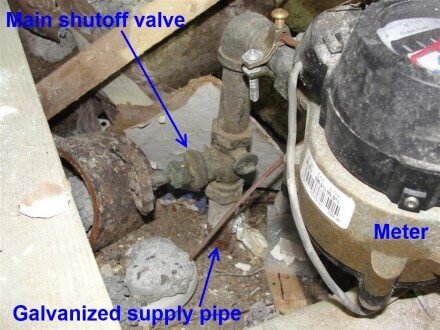
Most Minnesota homes with galvanized supply pipes have such poor water flow that doing laundry and taking a shower at the same time is impossible. If you’re buying an older home that’s listed for sale in Minneapolis, take a look at item #19 on the Truth-In-Sale of Housing evaluation report; this item asks if the water supply piping is copper. If the piping is copper, this item should be marked as “M”. If the piping is something else, such as galvanized steel, lead, or plastic, this item should be rated “C” for comment, and there should be a comment stating the water supply piping is not copper.
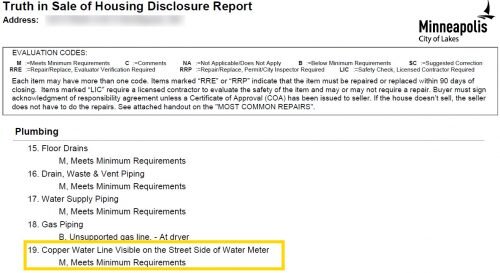
A better description for item #19 would probably be “Copper or Plastic Water Line Visible on the Street Side of Water Meter”, but these reports have a lot of old language in them that takes a lot of effort to change.
If the water piping coming into the home can’t be found, access is blocked, or the main valve is located too close to the floor to determine the type of water supply piping, one option is to call the municipal waterworks department to find out what type of water supply piping the house has. This is easy to do in Minneapolis, as they keep detailed records of exactly what type of water supply pipe was installed, and when it was installed. If you’re within the city limits, just call 311 on your mobile phone.
The two photos below show a home with a galvanized water supply; all that can be seen is copper, but the piping below the earth is actually galvanized.
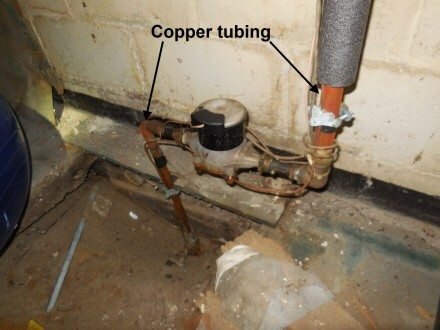
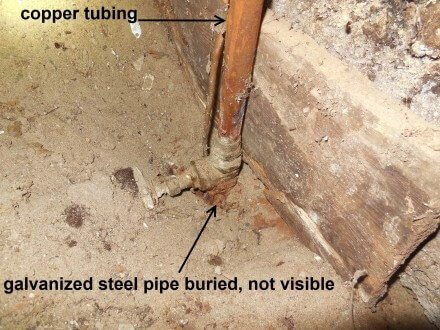
I’ve done a few inspections in Minneapolis where the water flow throughout the house was quite minimal, yet all of the water piping looked great, and there was a copper water supply entering the house. In those cases, my curiosity got the best of me and I called the waterworks department to get the history on the water supply. Apparently, the water supply piping didn’t always get replaced entirely. In some cases, there would only be a partial replacement out to the street. The fix in these conditions is to have the yard and street dug up again and have the rest of the water supply replaced.
An easy way to determine a problem with the water supply pipe is to quickly turn on an exterior faucet. If water comes out with a burst but the flow drops noticeably after a fraction of a second, it’s almost certainly a problem with the water supply for the house. In most cases, this indicates an old galvanized supply pipe, but could also indicate a problem with an old lead supply pipe. The video clip below shows an example of this, but it’s not very easy to see. There is only a slight change in water flow, but it was enough for me to know there was a problem.
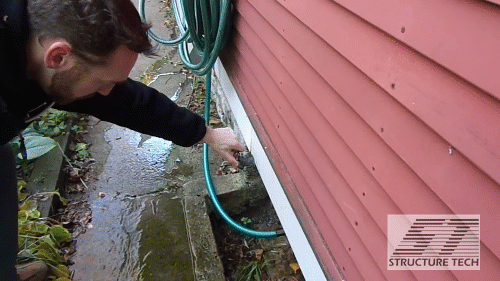
For a more obvious example, check out the clip below. When the water is turned on at the garden hose it bursts out, then the flow drops down dramatically. This is because there is plenty of pressure, but insufficient flow.
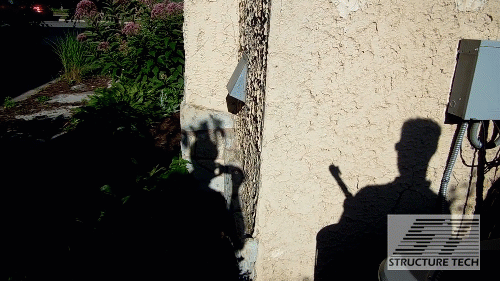
Here’s another example:
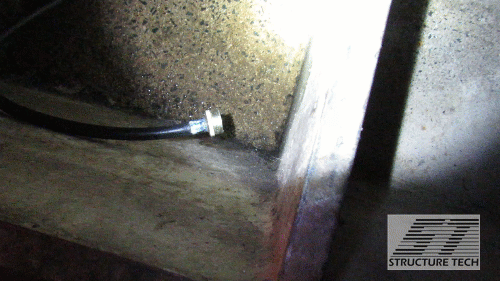
And yet another example:
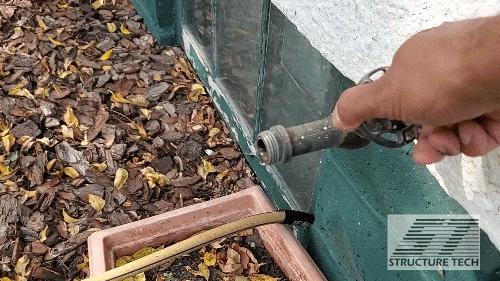
I could go all day with these. Hopefully, I’ve made my point; when you see this, you probably have a major issue with the water supply piping coming into the building. If the water supply pipe to a house needs replacement, plan to spend several thousand dollars. You’ll need to dig up the yard and replace the water supply pipe out to the city main, and the homeowner pays for this. If the city water line is on the opposite side of the street, it’s more expensive. To determine which side of the street the water supply is on, look for fire hydrants.
If the home has a lead supply pipe, water flow may be restricted because of a damaged pipe, but I’ve inspected plenty of homes with lead water supply pipes that still had acceptable water flow. The other obvious concern with a lead water supply is with lead leaching into the drinking water for the home. In these cases, the water can be tested for lead. Visit the EPA for more info on lead in water.
Testing Water Flow
To help determine if water flow is acceptable, we do a test that I’ve adopted from the Minneapolis Truth-In-Sale of Housing Evaluator Guidelines. We start by running hot and cold water at the laundry sink faucet, then run upstairs to the highest plumbing fixture, preferably a shower, and verify there’s still water flow. If there is no water flow or insufficient flow to take a shower, it’s a major concern.
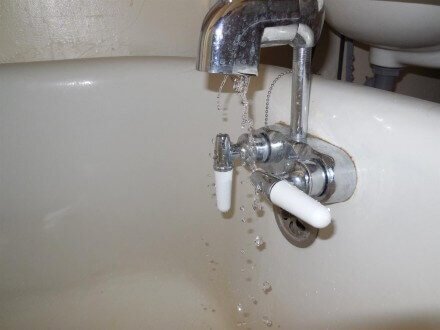
In most cases, no flow at the upper fixtures under these conditions indicates a problem with the water supply pipe or old galvanized water distribution pipes in need of replacement. A couple of other possibilities would be a main shutoff valve that’s partially closed or a problem with a water softener that restricts water flow throughout the house.
There are too many variables for me to cover every possible scenario, but hopefully, these tips give enough info to conduct a basic test for water flow on old houses.

